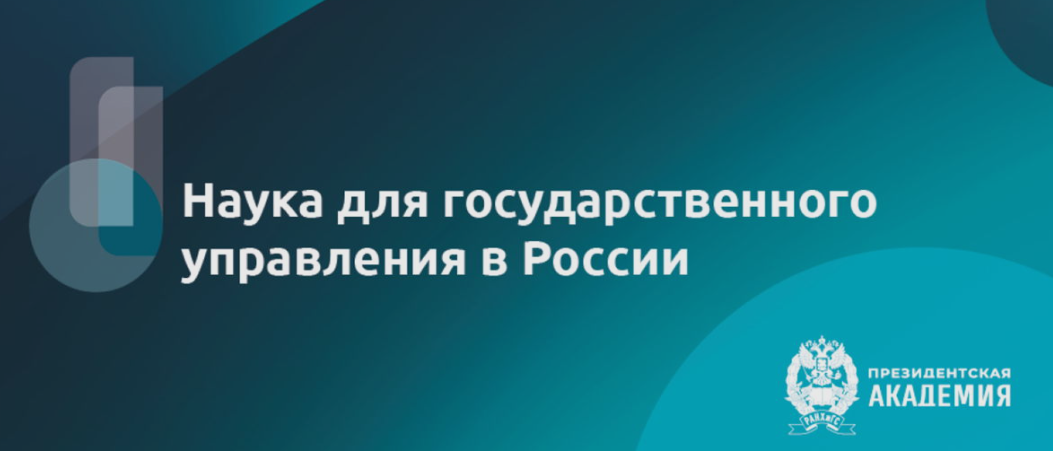Author's column
Priorities for development of science and technologies
There were analysed scientific-technological solutions which are suggested to be included in the National Technological Initiative «New Production technologies» (NSI-NPT). Considering that Russian President set a target to become a technological leader and conquer the noticeable niches of global products and services markets using technologies, the attention has been drawn to the fact that readiness to influence markets of high-technological products is defined by the shares of patents, received by the residents of a particular country in the field of considered technologies. There are demonstrated results of patent analysis of six new production technologies. It is shown that the fight for emerging markets will take place between three countries:China,USAandRepublicofKorea. Special attention is drawn to periods of change of the technological leader. It is noted that the battle for technological leadership, commonly, unfolds within 5–7 years period of intensive development of technological direction in 2–3 countries. As key factors for achieving leadership on new technological markets there are named the following factors: creation of a national body of specialists, owners of new competencies, as well as presence of middle-sized technological companies in the country, which are able to transform these competencies into production technologies of full cycle. The main risks preventing from reaching the targets of NSI-NPT include a low share of patents belonging to Russian citizens in the worldwide patent community against a backdrop of high share of patents granted byRussian Federationto nonresidents and absence of technological companies, able to fulfill the role of a development driver of National Production Technologies.
Potential of the personnel
There was evaluated an amount of students fromChinaandRepublicofKorea, that received education inUSAuniversities in the period between 2000 and 2014 years. It was noted that starting from 2008 there has been a gradual growth in the quantity of Chinese students, referred to the best American universities. Analysis of the programs, where most of the students fromChinaandRepublicofKoreawere enrolled into allowed to identify an absolute priority of engineering majors programs. Using the data ofInstituteofInternational Educationit was demonstrated that in the period between 2008–2014 yearsChinainvested 31,88 billion USD to have 1087,5 thousand specialists receive education and training in US universities. There is a hypothesis made, that particularly this body of graduates — carriers of new technology competencies enabledChinabecome a technological leader in a broad range of areas of production technologies. There were analyzed results of realization of the first stage of the «Global Education» project, and demonstrated that selection of the winners is not always linked to technological priorities of Russia and choice of competency centers for obtaining world-class education in series of cases is poorly justified.
Economics of the education
Economics of intellectual property
Necessity to factor foreign patenting practice is considered within the objectives, set by the country's leaders for achieving technological leadership and for being informed about the risks involved while implementating National technological initiative due to significant amount of acting Russian patents, granted to foreign industrial companies. There are analysed factors for adopting management decisions about foreign patenting practice as a commercial platform, associated with costs and investment, which has to bring returns. There were given recommendations on patenting procedures and a list of possible costs when patenting in different countries. There is given an example of costs for patenting a Russian invention overseas.
Mainstream
There was analysed the publication and patent activity with regard to two actively developing areas in the field of medical robototronics: robots-exoskeletons for rehabilitation of people with muscoloskeletal disorders and robot-assisted surgery. There was identified discrepancy in the structure of global and national publication and patent flows. There were revealed disadvantages of foreign innovations on robot-assisted surgery, which create prerequisites for promoting import-substituting innovations of domestic engineers.
Scientometrics
There had been reviewed a subject coverage and citation rating of Russian scientific-periodical journals, indexed in Web of Science Core Collection. It was demonstrated that out of 223 scientific subject areas, identified by the classifier Web of Science Categories, Russian scientific-periodical journals are represeted only in 137. Out of 152 Russian journals, included in Core Collection Web of Science, only 16 have an impact-factor, equal to 1 or more than 1. There was analysed a methodology for reviewing thousands of leading Russian journals in order to get published in the National Science Citation Index — Russian Science Citation Index in a form of a separate base created on the platform of WoS, which is used by coordinators of the project. There was suggested an alternative methodology for reviewing domestic scientific journals in order to be included in the RSCI, which is formed on the basis of establishment of quotas of journals by subject areas in accordance with disciplinary structure of world science, as well as for identifying the most productive and dynamicly developed scientific disciplines in the frames of separately chosen subject area (using an example of clinic medicine).
From the scene of the events
Contests
ISSN 2949-4680 (Online)

































